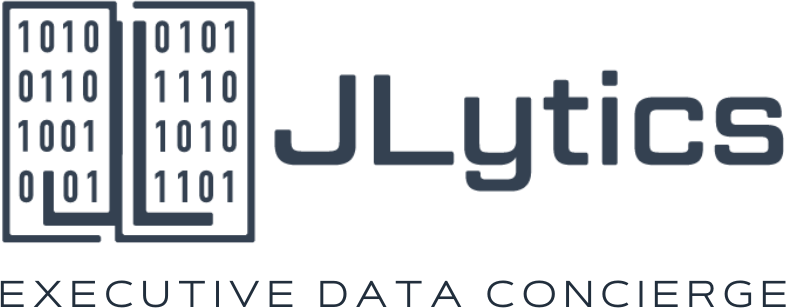Large Language Models (LLMs) have revolutionized numerous industries, but their closed-source nature creates a complex web of intellectual property considerations. As organizations increasingly deploy these powerful AI systems, understanding the associated IP challenges becomes crucial for ethical implementation and legal compliance.
The Training Data Dilemma
At the heart of many IP controversies is the question of what data closed-source LLMs were trained on. These models require massive datasets that often include copyrighted materials—books, articles, code repositories, and other protected works. Unlike open-source models where training data might be transparent, closed-source LLMs typically don’t disclose their training corpus in detail.
This opacity raises significant questions: Did the model developers properly license all training materials? Were copyright holders compensated? When a model generates content that closely resembles copyrighted work, determining whether this constitutes fair use or infringement becomes challenging. Recent lawsuits by authors against AI companies highlight this tension, with plaintiffs arguing their works were used without permission to train models that can now reproduce their distinctive styles and content.
Ownership of AI-Generated Outputs
Another contentious area involves the ownership of content created by closed-source LLMs. Most major AI providers include terms of service that establish complex ownership structures for AI outputs. Typically, the end user receives a license to use the generated content, but the underlying IP rights remain ambiguous.
This creates scenarios where multiple parties might claim ownership: the model developer who created the system, the user who prompted the model, or potentially even the original creators whose works informed the model’s capabilities. The situation becomes particularly thorny when LLMs generate commercially valuable assets like code, artwork, or marketing copy.
For businesses integrating closed-source LLMs into their workflows, these ownership uncertainties can create significant liability risks. What happens if AI-generated content used in a commercial product later faces copyright claims? The answer often depends on specific license agreements and evolving case law.
Licensing Restrictions and Vendor Lock-in
Closed-source LLMs typically come with strict licensing terms that limit how users can deploy and modify the technology. These restrictions often include:
- Usage limitations (number of queries, API call volume)
- Prohibitions against reverse engineering
- Restrictions on fine-tuning or adaptation
- Geographic or industry-specific constraints
- Limitations on competitive analysis
These terms can create significant vendor lock-in, making it difficult for organizations to switch providers or customize solutions to their specific needs. Unlike open-source alternatives where users maintain flexibility to modify and extend the technology, closed-source models keep users dependent on the provider’s roadmap and pricing structure.
Furthermore, license agreements frequently include clauses allowing providers to use customer interactions to improve their models, raising questions about whether proprietary information shared with the AI might inadvertently become part of future versions accessible to competitors.
Navigating Trade Secret Protection
For organizations developing proprietary applications with closed-source LLMs, maintaining trade secret protection becomes challenging. When businesses feed sensitive data into these models or use them to generate strategic content, they must consider:
- Whether confidential information submitted to the LLM might be retained or used by the provider
- How to ensure AI-generated outputs don’t inadvertently expose trade secrets
- Whether implementation details that give competitive advantage might be compromised
Unlike traditional software where deployment can occur entirely within an organization’s security perimeter, closed-source LLMs often operate via APIs that necessitate sharing information with third-party servers.
Impact on Corporate Decision Makers
For C-suite executives and decision makers, these intellectual property concerns represent both strategic and operational challenges. As LLMs become integral to business processes, executives must weigh innovation benefits against potential legal exposure. This may require establishing cross-functional governance teams that include legal, IT, and business stakeholders to develop comprehensive AI usage policies. Organizations that fail to address these IP considerations may face significant financial liabilities, reputational damage, and competitive disadvantages.
Forward-thinking leaders will invest in due diligence processes to verify AI vendors’ IP compliance, implement clear approval workflows for AI-generated content, and potentially develop hybrid approaches combining closed and open-source solutions to mitigate risks. Additionally, executives should consider allocating resources for ongoing legal monitoring and compliance updates as this rapidly evolving landscape continues to develop through new legislation and precedent-setting court decisions. Ultimately, the companies that thrive will be those whose leadership teams proactively incorporate IP considerations into their AI strategy rather than treating them as afterthoughts.
***



